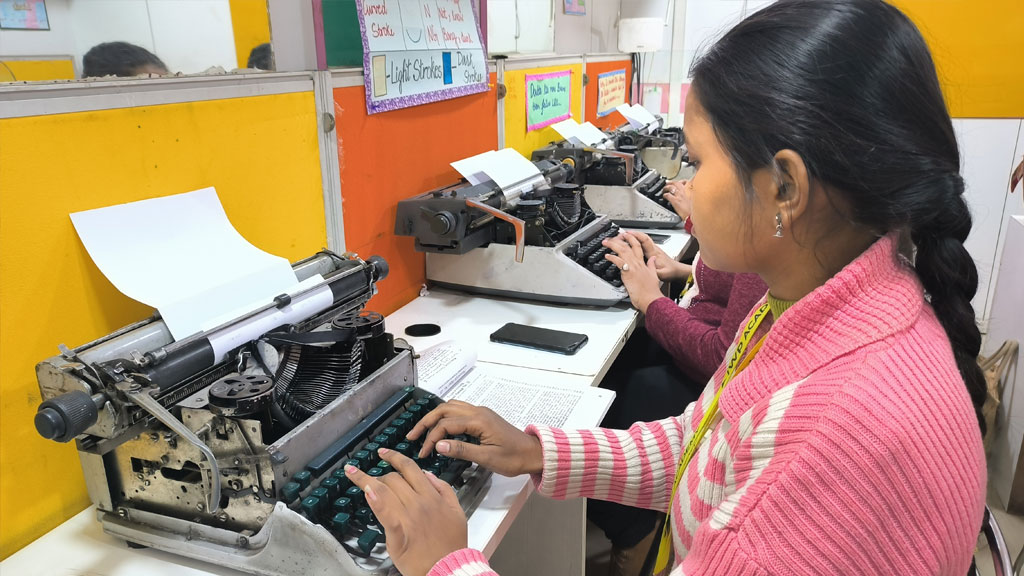Introduction: In a fast-paced world where information is key, the art of stenography stands as a timeless skill that continues to play a crucial role in various professions. Whether you’re aiming for a career as a court reporter, transcriptionist, or a professional note-taker, enrolling in a stenography course can be your gateway to mastering this invaluable skill. In this blog post, we’ll explore the fascinating world of stenography, the benefits it offers, and how a stenography course can set you on the path to success.
- Understanding Stenography: Stenography, often referred to as shorthand writing, is the art of capturing spoken words in a written or typed form using a specialized system of symbols or abbreviations. The primary objective is to transcribe information quickly and accurately, making it an essential skill in various fields such as legal proceedings, journalism, and business meetings.
- Speed and Accuracy: One of the primary focuses of stenography courses is developing both speed and accuracy. These courses teach the use of a stenotype machine, a specialized keyboard with fewer keys than a standard typewriter, enabling practitioners to write in shorthand at significantly higher speeds than traditional typing.
- Stenotype Machine Operation: A stenography course will guide you through the operation of a stenotype machine. Learn how to press multiple keys simultaneously to represent sounds, syllables, or entire words, allowing you to transcribe spoken words at remarkable speeds. Familiarity with the machine is crucial for achieving efficiency in stenography.
- Building a Steno Dictionary: Stenography relies on a unique system of symbols, strokes, and abbreviations. A comprehensive stenography course will help you build a steno dictionary, ensuring that you are well-equipped to transcribe a wide range of vocabulary accurately. This personalized dictionary becomes an indispensable tool for a stenographer in their day-to-day work.
- Legal and Medical Terminology: Depending on your career goals, stenography courses may include specialized modules on legal or medical terminology. Professionals in these fields often require stenographers to transcribe complex and technical content accurately, making familiarity with industry-specific terminology essential.
- Real-world Practice: Stenography courses often include practical exercises and simulations to reinforce your learning. These hands-on experiences help you develop muscle memory, enhance your reflexes, and improve your overall proficiency in transcribing spoken words rapidly and precisely.
- Transcription Software and Technology: With advancements in technology, stenography courses may cover the use of transcription software and other tools that complement traditional stenography methods. Familiarity with modern technology ensures that stenographers can adapt to the evolving demands of their profession.
- Career Opportunities: Completion of a stenography course opens doors to a variety of career opportunities. Whether you aspire to work in courtrooms, boardrooms, or as a remote transcriptionist, the skills acquired through the course will position you for success in a range of professional settings.
Conclusion: Enrolling in a stenography course is not just a step towards acquiring a skill; it’s a journey into a world where speed and precision in capturing information can make a significant impact. Whether you’re drawn to legal proceedings, corporate meetings, or other professional settings, a stenography course equips you with the tools to excel in a variety of roles. Consider investing in a stenography course today to unlock a skill that transcends time and remains an invaluable asset in the modern workforce.

